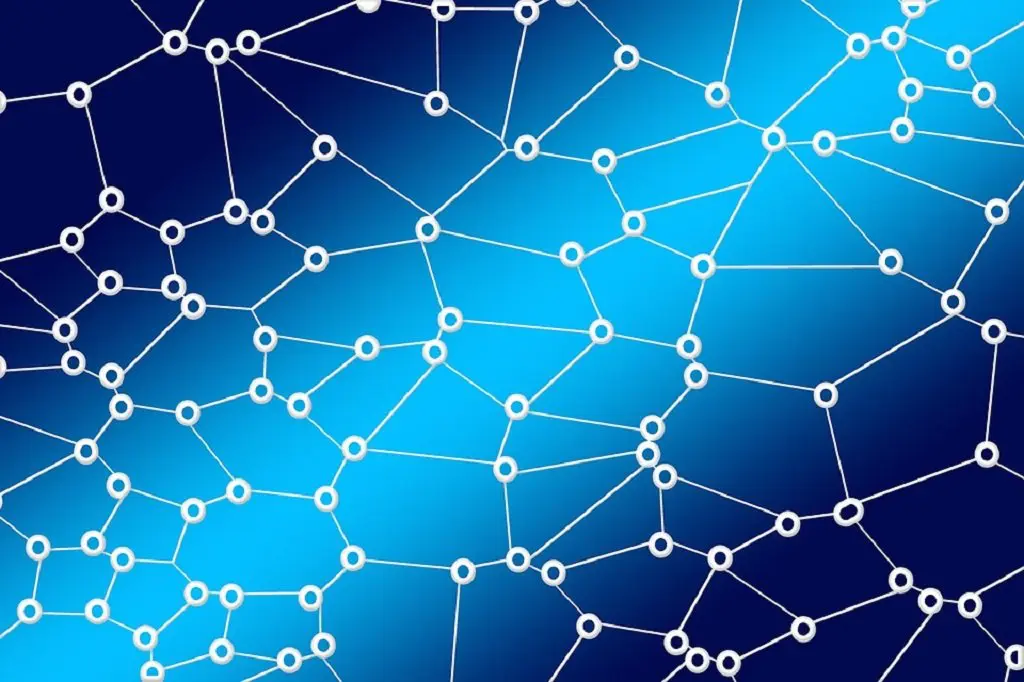The Original Purpose of the Internet
The internet was originally conceived as a decentralised, open system—a neutral ground for global communication, knowledge sharing, and community building. In its early stages, the World Wide Web enabled users to connect directly, share ideas, and collaborate freely. It was built on ideals of equal participation, access to information, and freedom from control.
However, as the internet evolved, especially with the rise of Web 2.0 and the dot-com boom, the model shifted towards centralisation. Tech giants like Google, Facebook, and Amazon began to dominate the digital landscape. These corporations discovered the immense profitability of harvesting, organising, and monetising user data. As a result, centralised platforms became the norm, acting as gatekeepers of the web.
Critical components of the internet—such as the Domain Name System (DNS) and Certificate Authorities—now heavily rely on these central entities. They control the flow of data, govern access to services, and even shape online narratives. Most users today are deeply reliant on these platforms for everyday functions, from communication to commerce, all while surrendering control over their personal information.
The Problem with Centralisation
When your digital life is tied to a central authority, your autonomy is limited. Much like entrusting your money or ID to someone else, relying on a third-party service for your personal data puts your privacy at risk. If you can’t control how your information is used, stored, or shared, it’s impossible to guarantee its security.
Moreover, centralisation creates single points of failure. A server crash, data breach, or company policy change can instantly affect millions. The influence these corporations hold over what we see, say, and do online raises serious concerns about censorship, privacy, and surveillance.
What is the Decentralised Web?
The Decentralised Web, often referred to as Web 3.0, is a transformative approach that returns control to individual users. It envisions an internet where services like messaging, social media, banking, and file storage are no longer hosted on central servers but operate via peer-to-peer (P2P) networks.
In this new web ecosystem, no single entity holds power over others. Instead, users collectively manage data and services. This decentralisation ensures greater transparency, resilience, and freedom. It fosters a “true democracy” of the internet where users own and manage their information without third-party interference.
With the decentralised web, identity management, data sharing, and communication become user-centric. Encrypted storage and access through private keys ensure that only you can control who accesses your data. Information can be contributed but cannot be forcibly extracted, securing user autonomy.
How Does the Decentralised Web Work?
The backbone of the decentralised web is blockchain technology. A blockchain is a distributed digital ledger that records transactions across a network of computers, known as nodes. These records (or blocks) are chronologically linked and secured using cryptography.
Each block includes a timestamp and a reference to the previous block, making the entire chain immutable. Once data is added, it cannot be changed retroactively without altering all subsequent blocks—an almost impossible task due to the sheer scale and complexity of modern blockchain networks.
This immutable, transparent nature makes blockchain an ideal foundation for building secure and trustless systems. On a decentralised web, rather than data residing in a central server, it’s distributed across a network of peers. Each peer validates transactions and stores a copy of the ledger, removing the reliance on a single point of control.
Decentralised applications (dApps) use smart contracts—self-executing code that runs on the blockchain—to enable secure, autonomous operations without human intervention. Whether it’s file sharing, online payments, or social networking, these systems function without middlemen, reducing the risk of censorship, downtime, or manipulation.
The Future of the Web is Decentralised
While centralised services have brought convenience and innovation, their drawbacks are becoming more pronounced. The rise in data breaches, digital surveillance, and loss of user privacy is prompting a global rethink of how the internet should operate.
Adoption of the decentralised web is still in its early stages, but the momentum is growing. Projects focused on decentralised storage, identity verification, and communication protocols are gaining traction. As awareness increases and technology matures, we’re likely to see a gradual but powerful shift towards Web 3.0.
Platforms like Facebook and Amazon won’t disappear overnight, but their dominance may wane in favour of user-owned networks that prioritise privacy and freedom. Just as Web 2.0 redefined our digital experience, Web 3.0 promises a future where users no longer have to trade control for convenience.
Conclusion
The decentralised web represents more than just a technological upgrade—it’s a return to the internet’s roots. A place where control is distributed, privacy is respected, and users reclaim ownership of their digital lives. As we stand at the threshold of this new digital era, understanding and embracing decentralisation is the first step toward a freer, more secure, and more democratic internet.


